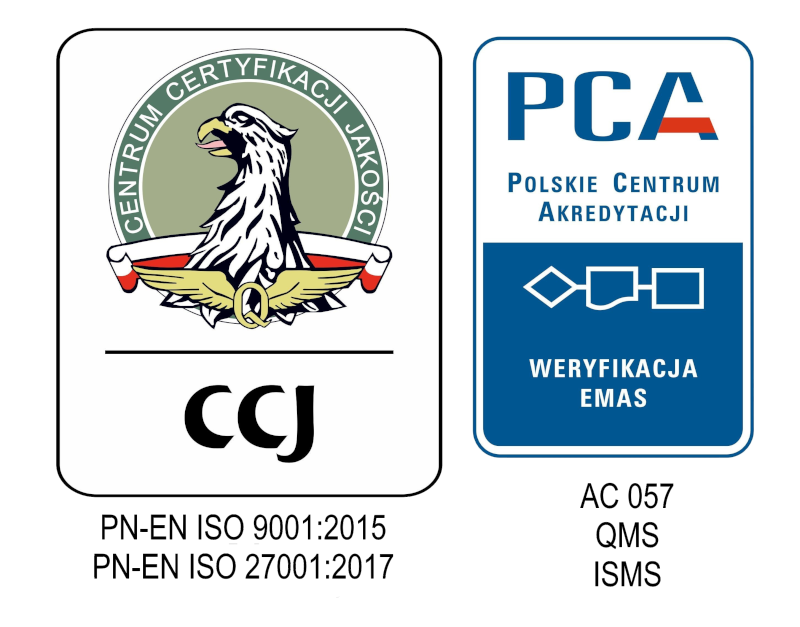Command Support System (SWD)

Our SWRM Emergency Medical Support System is an innovative program that improves the effectiveness of medical aid delivery. It aims to manage requests and coordinate emergency services, and its use improves the operation of all units.
SWRM can integrate with any advanced telecommunications system to handle calls to emergency numbers like 999 and 112. A dispatcher can see on one screen all the forces and means at their disposal, along with their current statuses. The system is also integrated with the ambulance dashboards, which provide information about the request directly to the navigation system in the vehicle.
SWRM ensures high security of medical data: terminal technology (Metaframe) means that data are only displayed on a device that does not keep them on its hard drive. That way, if stolen or lost, there is no risk of "leakage" of sensitive data.
The program also serves as a reporting and settlement application, allowing generation of any kind of report: from statistical reports for the National Health Fund, through reports required by regulators supervising the operation of the state emergency medicine service, to reports for the CSO and reports useful in internal verification procedures.
Other capabilities provided by SWRM include:
- PA sound system (public announcement) – this has features similar to radio broadcasting, and allows automatic delivery of pre-recorded messages in any of the buildings covered by the system – even when significantly distant geographically. It is also possible for the dispatcher to manually broadcast "live" from any mobile ambulance station
- DWA system - manual notification system integrated with SWRM
- Open communication protocol – allows integration with any devices, which means that the disposition of the rescue team can control, for example, traffic lights, barriers, garage doors, messages on TVs in the recreation rooms. All of these activities are fully automatic and do not engage the dispatcher in any way.
Features and functions of the program include:
- Dispatcher module:
- Adding orders
- Assigning teams of emergency medical services
- Listening to conversations
- Archiving calls:
ü Based on telephone number
ü Based on the personal details of the patient
- Automatic functions of order execution
- Printing an exit card
- Paging – replaying a message through radio broadcasting
- Automatic opening of a garage door


